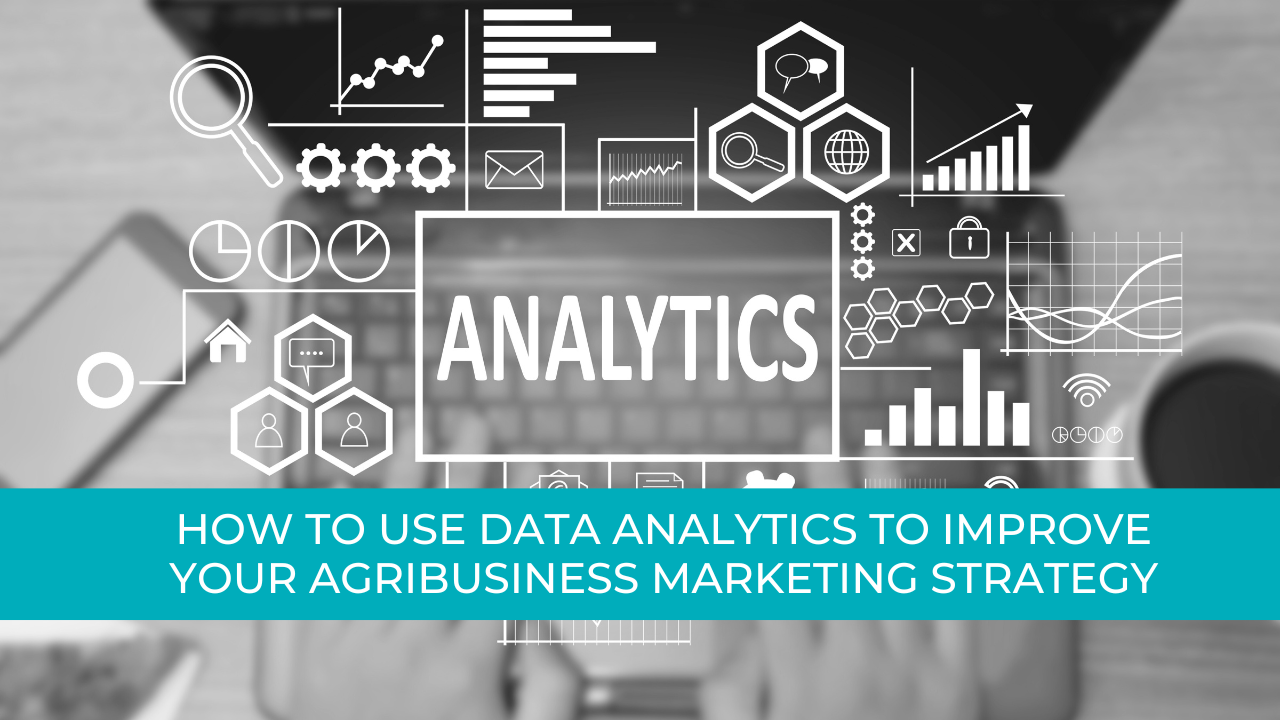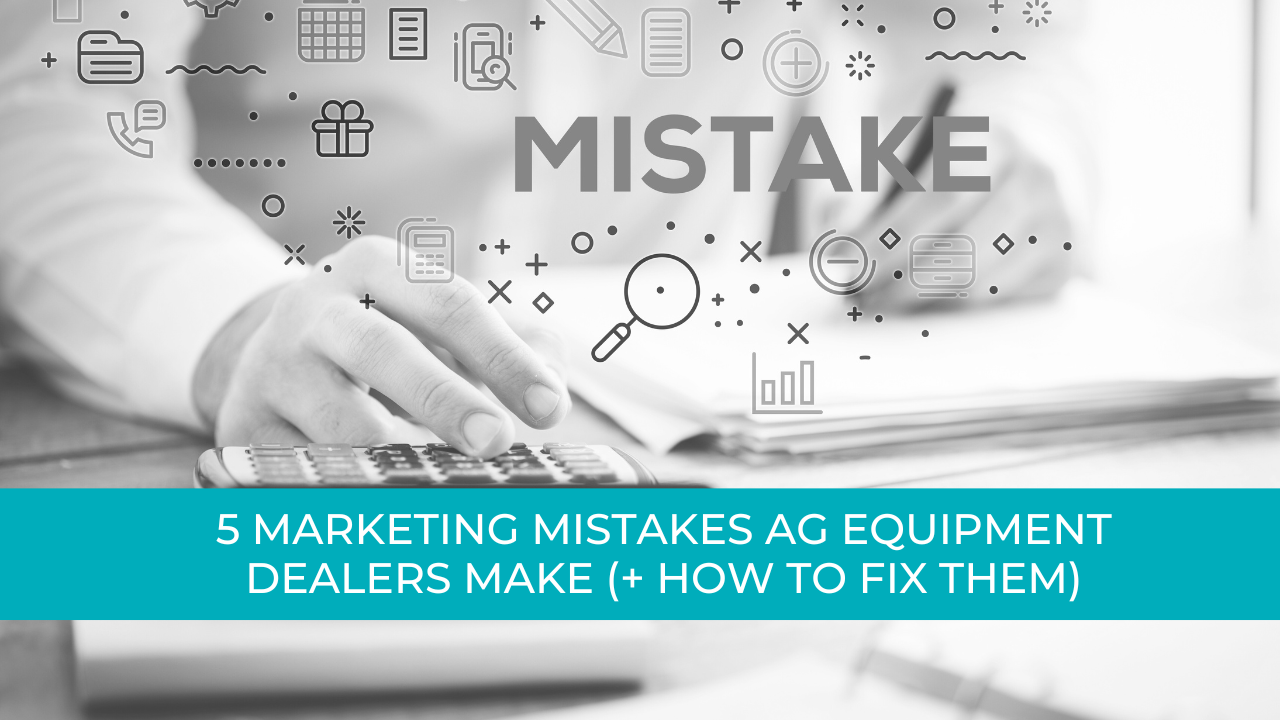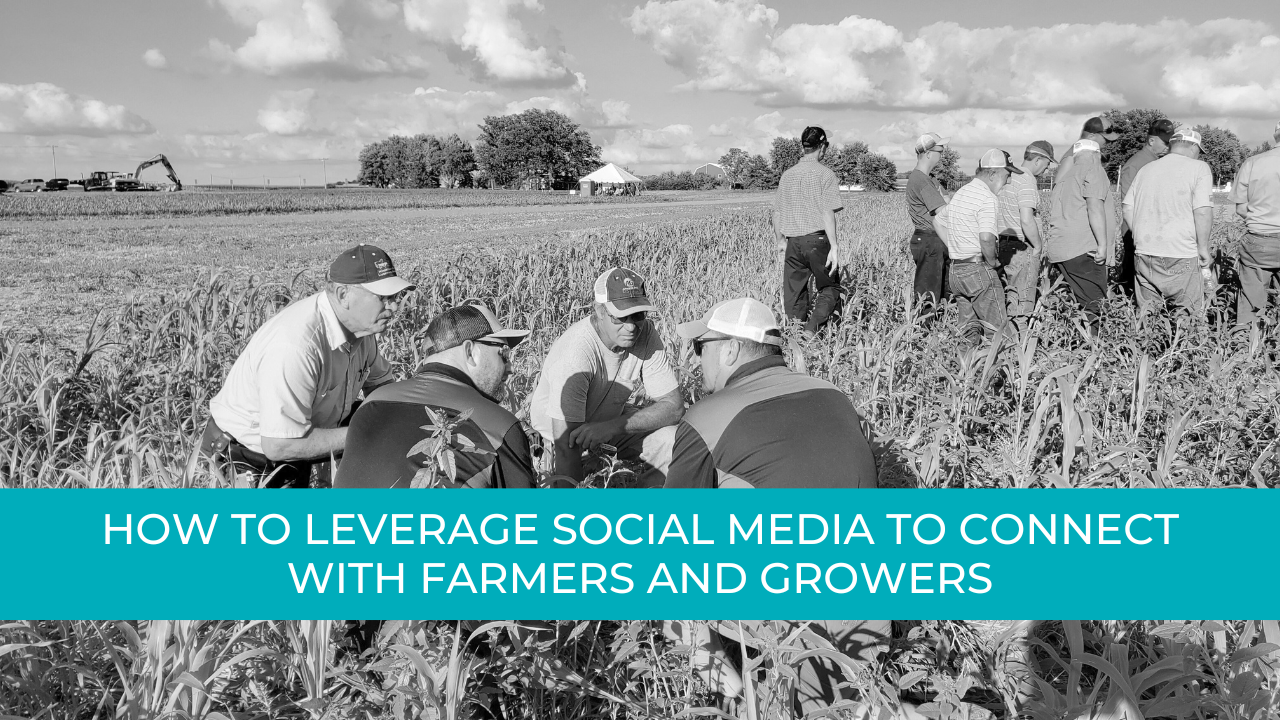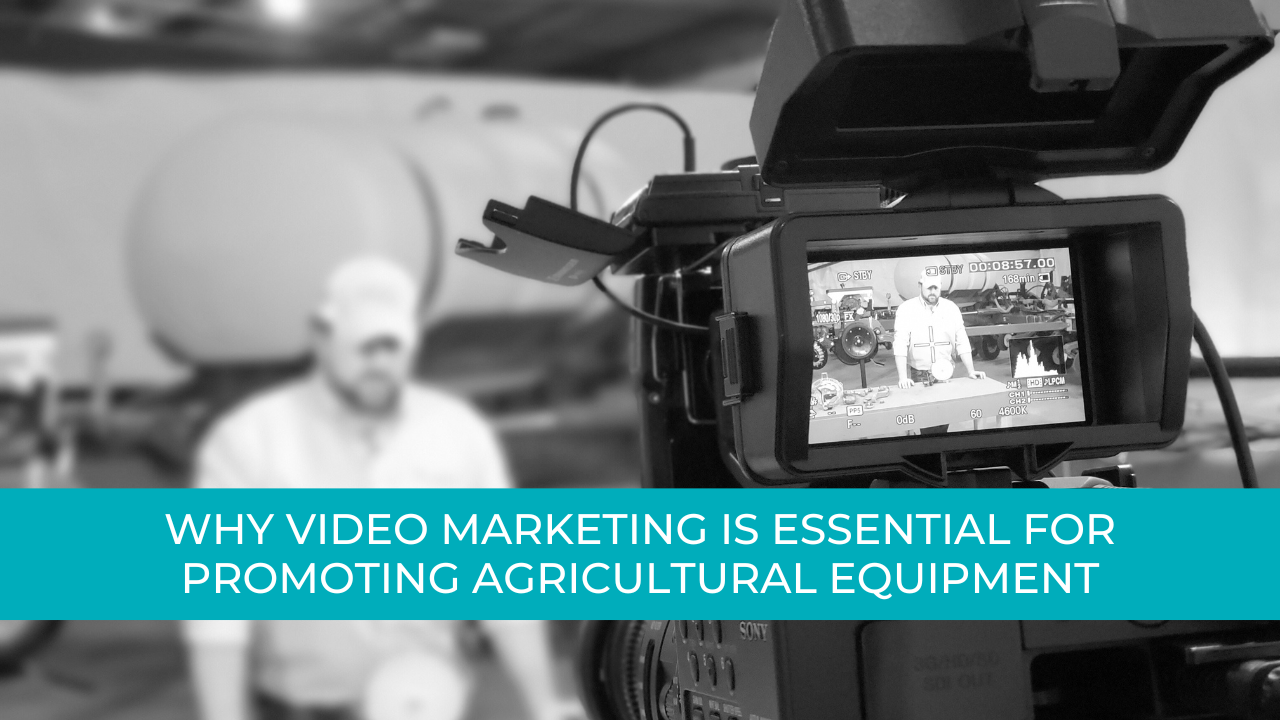Agtivation Blog
What's New In The Digital Ag World
How to Use Ag Content Marketing to Draw in New Customers
Laura Sutherly
To understand what farmers in your industry are looking for, try writing down all the questions your customers ask you.
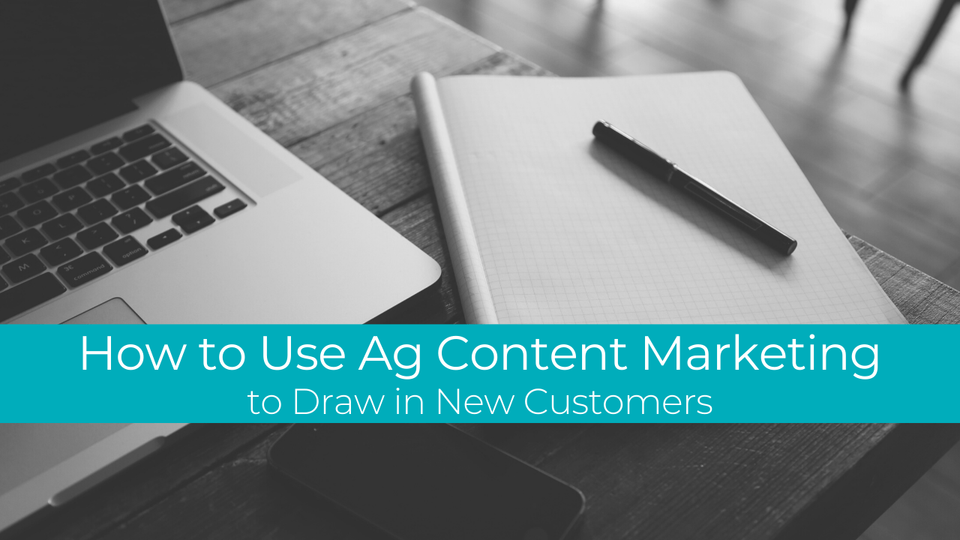
The ag sales process has changed dramatically in the last ten years - the way people buy everything has changed dramatically!
Instead of dropping into a showroom or cold calling from a local dealer, farmers are looking online for info on the products they need.
What's the first thing modern farmers do when they need to buy something?
They Google it.
They type in their problems or the part number. They type in the machines they need to replace. They type in questions looking for the best solutions.
Modern farmers have the answers before they step through your door (or they have solutions shipped directly to them keeping you completely in the dark).
On average, 70% of the buying decision is made online, before they even contact a business for the first time.
Think about the last big purchase you made, what did you do?
1. You searched online
2. You read reviews on the product
3. You compared prices, products and features
4. You ask your friends on social media for their experiences and opinions
…and you did all of that before even speaking to a sales person.
Why?
Because now people can educate themselves about the things they need to buy, they don't rely so heavily on sales people anymore.
Farmers want to make an educated buying decision - on their own terms.
Having a customer that already knows the basics will actually make your job so much easier. Not only will they feel more confident in dealing with your company, it's going to be easier to gain their trust, secure that sale and nurture that working relationship going forward.
So, how can you capitalize on your prospects pre-researching their next purchase?
Content marketing.
How does content marketing lead to sales?
Content marketing positions you as an expert in your industry. When your prospect types into Google 'what is the best...?’, your website will come up - with all the answers to their questions.
But let's not put the cart before the horse - first you need to figure out what your customers are asking, and then answer those questions.
To understand what farmers in your industry are looking for, try writing down all the questions your customers ask you.
Maybe ask a few farmers you know what would help them make a decision about a product, what they look for in a company or what would stop them from buying from a company.
Once you've got a good number of questions, organize them into categories and common themes.
Next, write a piece revolving around ONE of the questions your prospects ask. Answer it in depth, answer it honestly. Go into details - this piece of writing is going to be a 24/7 salesman for you. Share your knowledge and experience.
Once you've finished, run it through a spell checker and give it a couple of read throughs. Sometimes it helps to read it out loud to make sure it makes sense.
Next, make sure you've used a few keywords through the piece - you can use a keyword research tool to figure out what will help you rank higher on the search engines.
Once you've done all that - get it published!
Remember, your ultimate goal is to become the go-to company for helpful, honest advice and information on your industry.
You need to become an industry expert.
When you're known as the industry expert, your prospects will trust you, and most importantly, they'll buy from you.
So how does writing a blog piece get people to buy from you?
Your new blog piece is just a small cog in the content marketing machine.
Step One.
Your search engine position will improve for the keywords and phrases you've included in your blog piece.
Step Two.
The number of visitors to your website will increase. To make the most out of this, you'll need to be able to track who visits your site, where they come from and how they find you (Google Analytics is your new best friend). You can then tailor your future blogs, landing pages and videos to cater to what your visitors are looking for.
Step Three.
Better educated visitors that trust you as a source of reliable information will contact you about your products and services. Make sure your contact details are easy to find and you have a simple way for them to submit their contact details for a call back/more information on the product they want.
Step Four.
More sales. Easier sales. More profit. If you continue to keep in touch with the people that enquire about your products, they will buy. With the relationship already nurtured and trust established, you'll be able to sell more over a long-term relationship.
The secret to content marketing success
Remember why you're writing the content in the first place.
Your writing needs to be interesting, engaging and relevant. It needs to be better than your competitors. It needs to keep your prospects reading and show them you're the expert on the subject you're writing on.
Focus on driving the type of people to your website that have the ability and willingness to buy from you. If you attract the wrong audience, you’ll struggle to turn those visitors into leads, sales and profits. Stop writing content for your peers. Start writing for people that want to buy from you.
Here at Agtivation, we know you enjoy visiting your customers face-to-face and helping them solve their problems. We also know you don’t want to be at your computer all day writing, when you could be selling!
Let us do the hard work for you! Plant the seeds now… And reap the harvest later.

In the competitive landscape of farm machinery, your rivals are like shadows lurking just out of sight, waiting for the right moment to seize market share. By harnessing technology for competitive analysis, you can illuminate their strategies and uncover valuable insights. This approach not only sharpens your understanding but also helps you anticipate shifts in the market. What tools can you employ to guarantee you stay one step ahead of the competition?

When it comes to farming, making the right purchases can be overwhelming. Personalized product recommendations simplify this process by providing tailored suggestions that fit your unique needs and farming style. This targeted approach not only saves you time but also boosts your confidence in decision-making. Curious about how customer data plays a vital role in this personalization? Let’s explore the benefits and possibilities that await.

Have you ever wondered how the right tools can transform lead generation for farm equipment? By utilizing a mix of digital marketing strategies, you can enhance your visibility and engage potential customers effectively. From optimizing your website for search engines to harnessing the power of social media, each approach plays a vital role. But what specific tactics can you implement to maximize your success? Let's explore the most effective tools together.

Social media analytics can offer you critical insights for enhancing farm equipment sales. By evaluating audience demographics and engagement levels, you can better understand who’s interacting with your brand. This knowledge helps you craft messages that resonate more effectively. But there's more to explore, especially when it comes to tracking trends and analyzing competitors. What else could these analytics reveal that might just transform your approach to the agricultural market?

When creating farming videos, understanding your audience is essential. You need to take into account who they are, what they want, and how they engage with content. Are they seasoned farmers or newcomers looking for guidance? Identifying these insights can greatly enhance your video's impact. Let's explore how tailoring your approach can lead to stronger connections and better engagement. What strategies will resonate most with your viewers?

